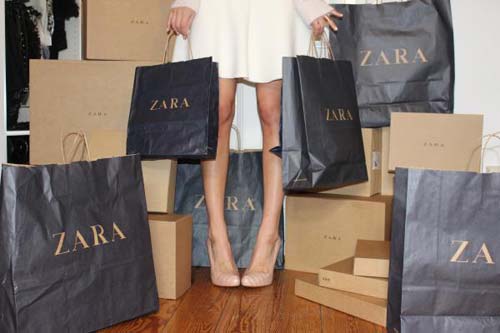Shoppers at fast-fashion giant Zara in Istanbul found messages attached to the tags of clothing they intended to buy, left by those who manufactured them, with claims they were unpaid for their work. Many of the handwritten notes read “I made this item you are going to buy, but I didn’t get paid for it”.
Although this may seem like a world away, it shines a light on an issue that exists in the Australian fashion industry, one of our biggest and fastest growing industries, as the sad truth is that many of our major brands are keeping those who make our clothes in poverty.
Oxfam’s campaign ‘What She Makes’ reports only a tiny 4% of the price of a piece of clothing sold goes towards workers’ wages in factories, with the situation in countries like Bangladesh so dire they only receive a measly 2% of the price. Based on how much a CEO earns, it would take a Bangladeshi worker, receiving minimum wage, more than 4000 years to earn the same amount one CEO makes in a year.
This doesn’t permit them what’s called a living wage, which is what they should earn in a standard week of no more than 48 hours, and provide them with enough to achieve a decent standard of living with things like food, housing, healthcare and left-over money for emergencies or savings.
An even more shocking truth is that if big brands absorbed the cost of paying living wages within their supply chains, it would cost them less than 1% of the garment price. That would mean the price of a piece of clothing in Australia would only increase by a percent at most; just 10c extra for a $10 tee.
So how can we bring about much-needed change? It starts with transparency and holding big labels accountable. You can see how your favourite brands stack up, and take action by petitioning the culprits, here.
You can also check out Oxfam’s annual Naughty and Nice list, where they name and shame the clothing companies which haven’t been ‘behaving well’ and disclosing the locations of their factories to ensure clothing is being made under safe and fair conditions.


![5 Reasons You Should Travel Alone Airplane [image source: chau nguyen/ http://thedevilhatessweatpants.blogspot.com.au ], crowd ink, crowdink, crowdink.com, crowdink.com.au](https://crowdink.com/wp-content/uploads/2016/08/Chau-airplane-218x150.jpg)





























